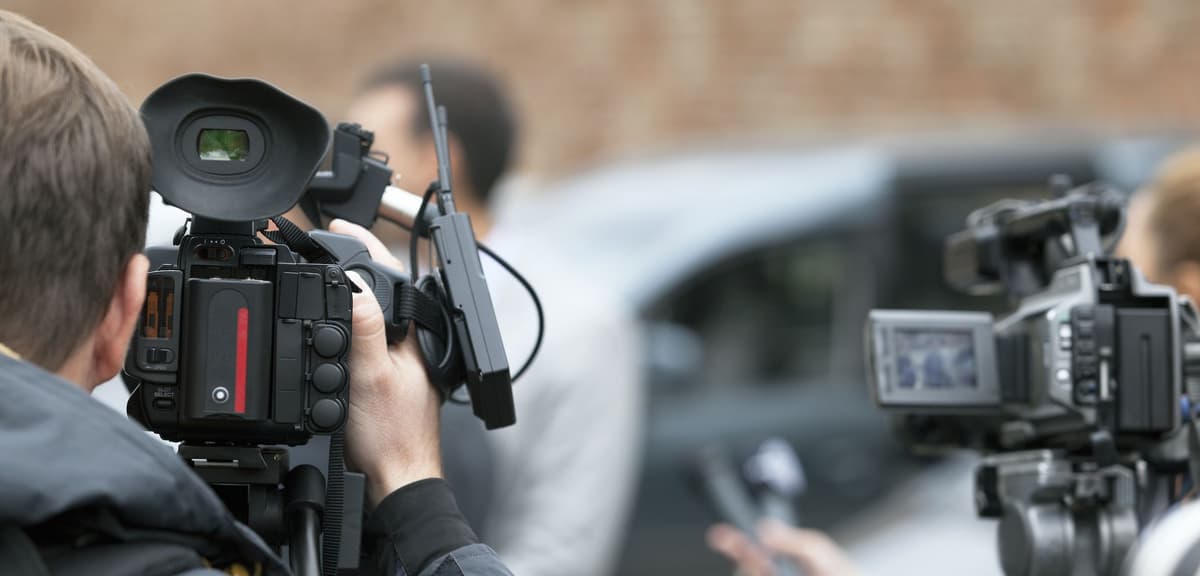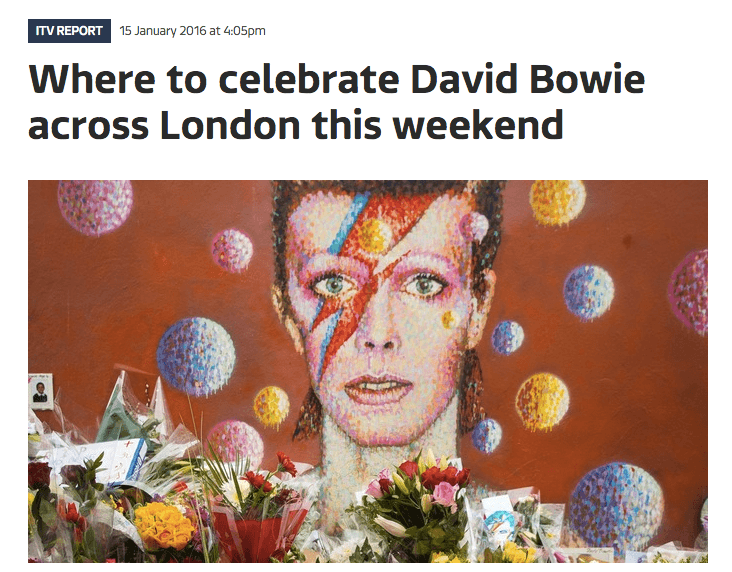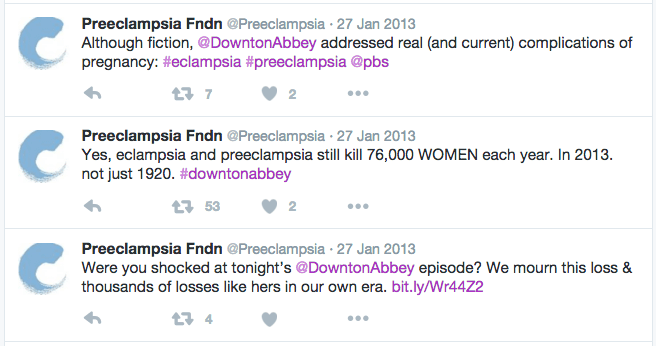5 Types of Newsjacking Your Brand Can Win, or Fail
Published on February 15, 2016/Last edited on January 14, 2025/10 min read


Team Braze
Some brands hone in on important cultural moments and seize the flavor of the zeitgeist with just the right blend of sensitivity, humor, and verve. In these cases, everyone goes home happy. Other brands attempt the same, but can miss the mark in any number of tone deaf ways: bulldozing over nuance, lacking authenticity, or having poor timing, to name a few.
Poor timing got the best of Red Lobster just last week. Twitter came down hard on them for waiting more than two hours to respond to Beyonce’s mention of their brand in her Super Bowl halftime performance (and for what they came up with in the end).
It’s a tricky balancing act. People are easy to offend.
So, how do you get newsjacking or culture-jacking right? How can you jump on the bandwagon without being a jerk? How does a marketer ride the wave of a big cultural moment while staying true to their brand voice and holding onto their own values?
Bringing real value means being sincere
“So much of marketing exists in the realm of, ‘Let me find a way to wend myself into the customer’s heart just enough for them to like my product.’ If you’re going to do that, then really get into their heart. Bring real value to the conversation. Don’t just piggy back.”
David Schulman, M.S., LMHC, is a developmental partner to leaders. A leadership strategist and tactician, he works with executives and other key players, frequently in the technology and media sectors, to engage and mobilize their teams most effectively. His speciality is bringing order, function, and vitality to communications within troubled teams and partnerships, both internally and with their customers.
He says, “Rather than creating a marketing message by cozying up to the values you presume your audience favors, be original. Dig deep. Do something from your own true values that aligns in a sincere way with the values of your audience.”
Authenticity can sometimes feel like a buzzword. How do we keep it real?
Schulman says, “We need to go beyond the analytics, and create real relationships with some of our customers.”
Whether that happens through surveys or social media or old fashioned real-time events or something else depends on the needs of your brand, but “once you intrinsically understand what the customer values, you’ve safeguarded yourself against hackneyed cultural jackery.”
We’re all in “the people business”
“If you want to tap into cultural events in a way that lights people up,” Schulman says, “you need to do it by embracing the reality that no matter what we do, we’re in the people business. We need to know the customer as well as we know the ‘it,’ whatever your ‘it’ is. Really get to know what makes people tick, and respond to it.”
The Dos and Don’ts of 5 Major Cultural Moments
Our expert and I brainstormed a handful of the highest-stakes and most common social happenings that can impact broad segments of the population at once. Here are his dos and don’ts.
1. Aligning your brand with: a natural disaster
Schulman encourages putting yourself in the shoes of a victim: “It would be pretty safe to ask yourself, ‘What’s the need I’m feeling right now, as I’m threatened and overwhelmed by this experience?’ and then endeavor to speak to that within the boundaries of who you are as a provider.”

In response to Hurricane Katrina, Tide created Loads of Hope: a mobile laundromat to provide some basic comforts to those suffering from disaster. Tide customers (and everyone else) were encouraged to volunteer to support the effort, and help those who were affected.
DO: empower your users by offering them your services. Present suggestions and infrastructure to enable them to help.
For example, if you’re a retail brand, give users a way to route their clean, dry stuff for donation quickly to where it’s needed. If you’re a music company, consider a special user-curated comfort and caring set. If you’re a brand that has a connection with the affected area, maybe there’s some way to build a special channel on the fly to help people connect with the resources they need right now.
DON’T: tell me you know how I feel. “Instead, tell me about the pain you feel for me.”
2. Aligning your brand with: celebrity deaths
Begin as you would if someone in your personal circle passed, and “always offer condolences to the family.”
“Then,” says Schulman, “you’ll want to celebrate them with your tribe. What was it they gave us? Choose one or two things that lifted us up. Talk about why we love them, in a way that relates to our brand. Offer up some of their art to your audience. If you’re any kind of lifestyle brand, you’ll maybe want to dig a little deeper and find ways to actually embody and recreate what they gave us,” rather than just talk about it.
For example, the passing of David Bowie affected so many people on so many levels. “He was known for making esoteric things normative, like creative growth. To honor him, a brand could raise or re-energize their own creative growth by bringing in a new look, feel, or sound in recognition of the artist.”

The TV network ITV shared news about local events for Bowie fans.
DO: offer a wide, generous perspective of what the decedent offered us. Embrace all that’s strong and beautiful about “us” (the brand, the customer) because of their contribution. Thank the deceased for everything they contributed to our lives.
DON’T: feign a relationship with the decedent. Don’t shamelessly try to align yourself with their popularity. Don’t make it a sales moment, unless you can tie a sale into some altruistic endeavor (think: Bowie t-shirts where profits go to support the arts, rather than Bowie t-shirts just because.)
3. Aligning your brand with: socio-political movements like Occupy Wall Street and Black Lives Matter
“Support the human urge that drives them, not the issue themselves,” cautions Schulman. “These are tricky, tricky, tricky for corporate interests. It’s also tricky to come out smelling too neutral. You have to know your demographic really well.”
Remember that what touches your heart and inspires you may not be so for your demographic. Likewise, what offends you might inspire your demographic. “To that end,” says Schulman, “leaving yourself too much wiggle room on what you’re offering up as a supportive declaration, could (will, likely) offend.”
“If it’s lukewarm or super general,” says our expert, “don’t do it at all.”
DO: acknowledge motivations to live freer, more empowered lives. Everyone can relate to that.
If you’re a brand that has a connection to areas where there’s action around an issue, there could be a possibility for some neutrality in an effort to connect people with each other. Travel brands especially could consider notifications about rental and hotel availability, traffic, “things to see” or “areas to avoid” because of congestion or police activity.
DON’T: necessarily do anything. Unless you’re thoroughly convinced your demographic embraces your point of view, skip it.
4. Aligning your brand with: election season
In an earlier piece about empathic marketing, we touched on the universal desire to be seen, and to connect with other people. Schulman echoes this in his tip for newsjacking during election season.
“If you want to piggyback on the attention and excitement around elections, do it around what we all have in common, not what separates us.” Unless you’re a company that’s used to marketing itself to a specific area of the electorate, “you just want to go the ‘rah, freedom of choice’ route.”
DO: champion the process. Do carefully consider playing with this theme in a way that puts all candidates on an even playing field.
For example, if you’re a food ordering app, you could try something like: “What’s your flavor? Clinton? Sanders? Cruz? Rubio? How about pepperoni? It’s nice to enjoy freedom of choice.”
DON’T: champion the specifics.
“No matter how tempting it is, or how sure you are that you’re right, don’t show your hand. Even
when it narrows down to an obvious result, you have to leave room for the users and customers
who disagree.”
5. Aligning your brand with: big pop culture moments like Beyonce’s new album, Star Wars, or the new season of Game of Thrones
“This one’s easy,” says Schulman. “We can all celebrate these sorts of events, even if we don’t like Star Wars. Anyone can dig into the flavor of the day. The potential to offend is very low. It’s tough to stray into the territory of pandering. So if your moment-jacking is at worst tone deaf, it’s still low liability.”
But don’t be lazy about it. “If you’re trying to relate the accidental hero theme from Star Wars with the speed of pizza readiness in your app, there’s a laughable disconnect there.”
Don’t be that guy. You want your customers to find themselves in whatever the reference is.
A great example of a pop culture jack done well is the Preeclampsia Foundation’s response to a character’s death on Downtown Abbey from preeclampsia. In this case, the foundation had advanced notice as the show airs six months ahead in the UK. They were able to live tweet the episode, and follow up with lots of content.

The the Preeclampsia Foundation planned a Twitter campaign to run during the airing of the related Downton Abbey episode.
The Foundation describes their strategy:
“With advance knowledge of this surprising plot element…our team developed a simple but savvy public relations campaign, including an Op-Ed piece in the Daily Beast, a press release, a newly released Health Information article, and social media strategy centered around Twitter and Facebook. Our ability to anticipate the firestorm of attention [from this character’s] death allowed us to ride the tsunami of national and major market media coverage, Twitter, Facebook and blogs that discussed the episode after its Sunday night airing on PBS.”
Schulman says, “In a case like this, it’s almost their obligation—albeit their good fortune—to provide an adjunctive, factual stream to intertwine with the great enjoyment we’re all getting from the fiction.”
DO: make sure there really is some authentic connection between the pop culture moment and your motivations.
DON’T: overreach. Outrageous comparisons could be laughable and brand damaging.
Be a generous thought leader, and don’t be afraid to say no
In all of these circumstances, look for opportunities to be what our expert calls a generous thought leader. “Take a moment to foster client empathy. Empathy is the road to the heart, which controls the wallet.”
Can you be a refuge in a super charged cultural moment?
Riding cultural events are a surefire way to appear au courant and insinuate ourselves more deeply into the lives of users by aligning with that they’re thinking about.
“But,” says Schulman, “if you operate in universe like a trivia app, for example, then your brand could be just the thing to act as a diversion from all the other [stuff] we have to deal with. If you can’t help yourself from hopping on the bandwagon,” he laughs, “express that whatever’s happening in the outside world is something you can find refuge from in play.”
Don’t be afraid to just take a pass
“Don’t worry that your entire brand is going in the toilet, or that you may be seen as something other than ‘current’, if you choose to take a pass on a particularly charged cultural event or theme.” When everyone is talking about a thing, you may sometimes want to be the people not talking about it.
Be Absolutely Engaging.™
Sign up for regular updates from Braze.


